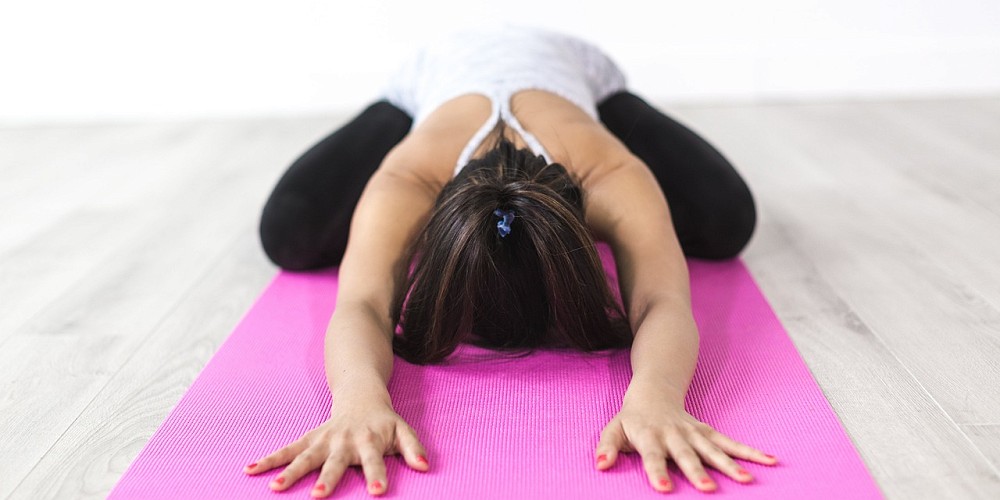Are You Sitting Too Much?
Article by Kari Watson
Shocking statistics show globally 1 in 4 adults are not getting enough exercise. Let’s take a look at how E.A.S.Y. getting active can be!

There is ample evidence that physical activity prevents chronic disease. So why is it that physical activity is not part of everyone’s regular routine?
The World Health Organization (WHO) states physical inactivity is the world’s fourth most important risk factor for mortality. Shocking statistics show globally 1 in 4 adults are not active enough (1).
Physical Activity vs. Exercise
Physical activity is defined as:
Any bodily movement produced by skeletal muscles that require energy expenditure. including activities undertaken while working, playing, carrying out household chores, travelling, and engaging in recreational pursuits.
Exercise is a subcategory of physical activity that is planned, structured and repetitive (1).
How “EASY” Is It?
A 2013 pilot study performed in Vancouver titled “Everyday Activity Supports You” (EASY) had 25 healthy women aged 55-70 who were not engaging in strength training or more than 30 min of moderate exercise per week.
The researchers divided the group in half, with half receiving education, social support, a Fitbit (to track steps, distance, calories etc.), and meetings with exercise professionals to create an individualized physical activity program.
The control group received education, however did not receive information on importance of exercise or how to sustain a healthy lifestyle.
Over 6 months the participants were encouraged to ‘sit less to move more’.
The goal was to reduce sitting time then incrementally increase physical activity as measured with a step counter. The main intervention was education and awareness about physical activity.
At the end of the 6-month study the EASY group had an average increase of 2080 steps per day compared to the control group. Because of this there was reduction in blood pressure and an average between group difference in weight loss.
What Can You Do?
- Reduce your sitting time: Set a timer and get up from your desk, couch, etc every 30 minutes
- Track your steps: Use a step counter (pedometer) or a fancy app on your phone. Track your average daily steps then try to increase by 5% each week.
- https://www.youtube.com/watch?v=aUaInS6HIGo
References
- WHO: Global health risks: mortality and burden of disease attributable to selected major risks. Geneva: World Health Organization Press; 2009.
- Ashe M et al: “Not just another walking program’: Everyday Activity Supports You (EASY) model- a randomized pilot study for a parallel randomized control trial. Pilot and Feasibility Studies 2015, 1:4
You May Also Like...
-
 ArticleView Post
ArticleView PostCan Poor Posture Cause Jaw Pain?
Posture is the position in which we hold our bodies while standing, sitting, or lying down. What does it have to do with jaw pain?
-
 ArticleView Post
ArticleView PostRelaxation Strategies for the Pelvic Floor
The pelvic floor is an important group of muscles that can significantly impact our quality of life when not functioning properly.
-
 ArticleView Post
ArticleView PostUnderstanding Hypermobility
While some individuals may naturally possess hypermobile joints without adverse effects, others may experience symptoms that require attention.